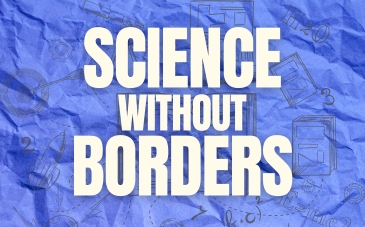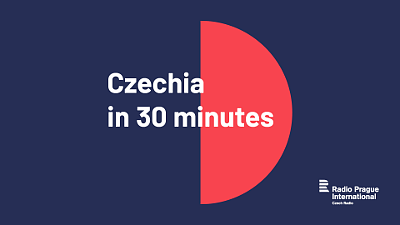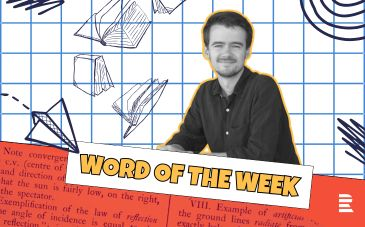SATurnin-1, Czechia’s largest satellite yet, begins its mission
Czechia launched its largest satellite yet, SATurnin-1, into space on Tuesday. Unlike previous satellites, it is not dependent on foreign technology. Its mission will be to take detailed pictures of the Earth for defense and security purposes. The satellite was carried into orbit by a Space X Falcon-9 rocket from the US.
The name of the new Czech satellite, Saturnin, refers to a popular novel about a quirky yet perfectly proper butler, written by Zdeněk Jirotka in 1942. Its task is to take 100 detailed images of the Earth every day.
The device, commissioned by the Ministry of Defence and created by the Research Test and Aerospace Institute, was launched into orbit last Tuesday and has already successfully established a connection with Earth.
Although SATurnin-1 is the largest Czech satellite to date, it is one of the smallest, measuring approximately 20x20x30 centimetres. When the panels are extended, it has a span of about 80 centimetres, explains Electronics & Software Engineer Petr Svoboda.
"The satellite orbits and flies over the area of interest twice in the morning and twice in the evening, so four times a day. The overflights take ten minutes, and if we don't want to take pictures from too great an angle, even less time. During this time, as many pictures as possible have to be taken, saved and broadcast on the radio."
The key components of the satellite come from Czechia. The designers wanted to avoid becoming dependent on foreign suppliers. Moreover, most manufacturers do not want to sell the components independently, explains Mr. Svoboda:
"Today, satellites are usually made to order, which means that you get the entire platform, including the structure, power supply, radios and orientation control system. It’s like with cars. You can't buy individual parts, you have to buy the whole car. And then you are dependent on the manufacturer to sell you more parts, to service the car. Or quite often the service of operating the satellite is tied to it.”
For this reason, Czech experts had to develop a completely new positioning system that rotates the entire satellite, steers or paddles in the Earth's gravitational and magnetic field, says Mr. Svoboda:
"The flywheels inside the satellite spin at high speed in one direction and the satellite starts to rotate in the other based on the law of action and reaction. The actuators are supplemented by magnetic torsion coils that interact with the Earth's magnetic field - like the arrow of a compass. We are talking about micronewton forces, but in zero gravity even this tiny attraction is sufficient."
In the future, experts can use the technology when developing other Czech space missions.








